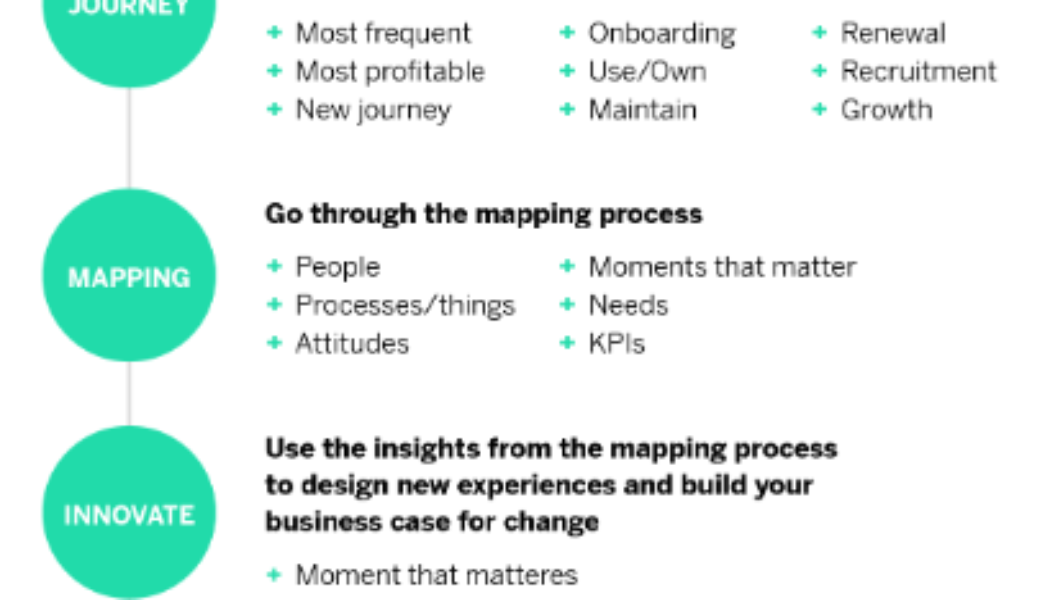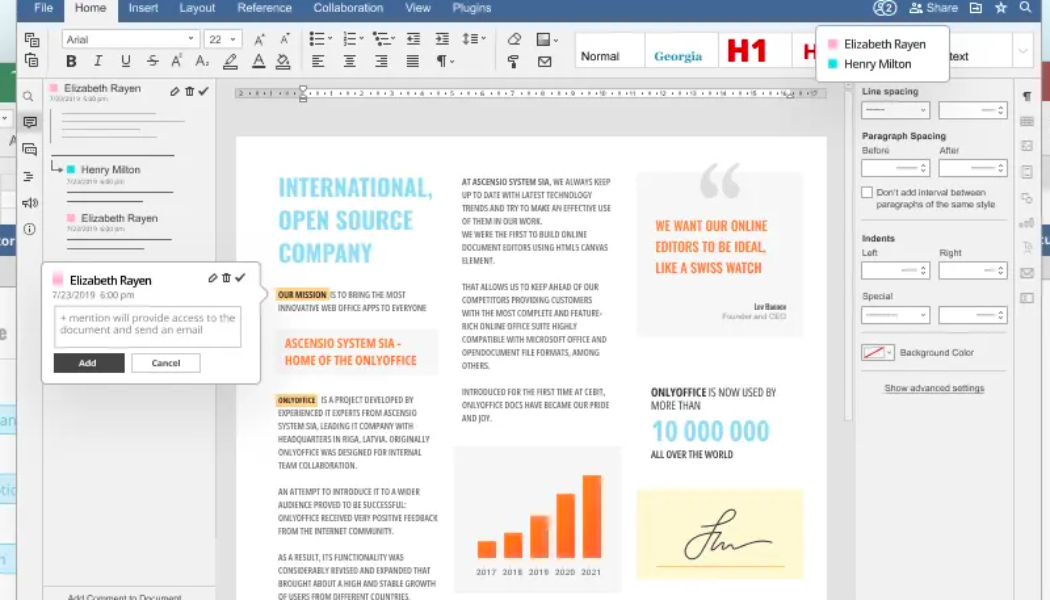Enterprise IT
Beyond digitisation: The four vital cornerstones of excellent customer experience
By Prof. Yudhvir Seetharam: Head of Analytics, Insights and Research at FNB Commercial One of the most valuable contributions that data and data analytics have made to modern businesses is the ability that they offer to understand customers, engage meaningfully with them, and offer them the type of positive experience that keeps them coming back for more. But for all the value that data presents in terms of enhancing the customer experience, it also creates a significant risk for the business that doesn’t understand how to apply it to best effect when creating customer experiences. More often than not, that risk is manifested in organisations that suffer a misperception that customer experience (CX) is something that you ‘do’ for your customer. These businesses typically understand CX to b...
Open source provides the building blocks for future technology innovation
Sumit Kumar Sharma, Enterprise Architect, In2IT Technologies. Open source is by no means a new technology, but it has matured over the past 30 plus years and with the latest wave of digital transformation, its role has become increasingly prominent. In the everyday business sense, it is still a cost-effective option for operating systems, databases, and analytical tools. However, where the nature and benefits of open source are truly being realised is in the Artificial Intelligence (AI) and machine learning spaces. The open, community-driven, and collaborative environment created by open source is the perfect ground for these new-age initiatives, fostering innovation while ensuring that there is no single entity driving the agenda around the technology that will shape our future. Still the...
5 methods for meeting customers at their pain points instead of just selling
Zuko Mdwaba, Area VP, Salesforce South Africa. Every business is founded to solve a customer problem, and the vast majority of products and services are designed to alleviate a specific customer pain point. But it is still important to let each customer know how their specific problems are being solved. One of the best ways to build brand credibility is to understand a customer’s journey and build long-term relationships with them. In this article, we ask industry professionals how they meet the needs of their customers. Always look for the next pain point – and solve it According to Aisha Pandor, co-founder of SweepSouth, Africa’s largest on-demand home services platform, if you truly want to make a difference with your business, you must always be on the lookout for the next ...









